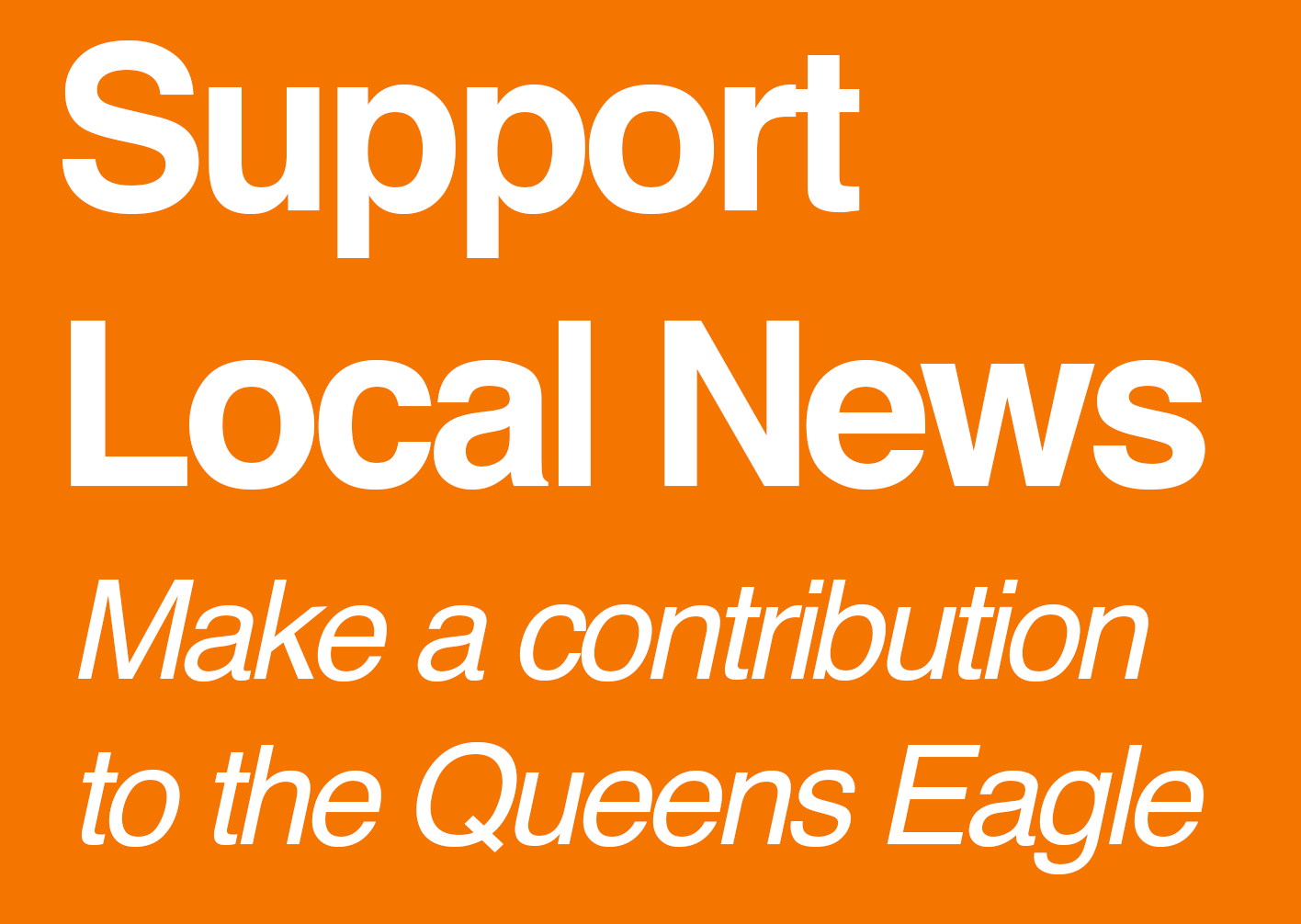MTA launches new anti-subway surfing campaign from Queens
/MTA officials rolled out a new campaign to combat subway surfing from Queens on Wednesday. Photo by Marc A. Hermann / MTA
By Ryan Schwach
The city this week launched a new effort to discourage kids from subway surfing, a deadly phenomenon that’s been particularly prevalent in Queens.
Last year, six teenagers, including one from Queens, died while trying to subway surf.
On Wednesday, the MTA rolled out an expanded anti-subway surfing campaign from Queens Plaza featuring a borough-born BMX athlete.
“Life is not a game, this is not a game that we're playing with, there is no reset,” President of New York City Transit Demetrious Crichlow said. “There is no do over when our children, our youths. People have to understand the risks tied to doing this.”
In September, the city began the “Subway Surfing Kills – Ride Inside, Stay Alive" campaign as a targeted response to the increase in incidents. The campaign was developed by city school students, and included outreach to schools, students and superintendents.
Going into the summer, the city is now expanding that program, making the announcement outside the 7 line – the epicenter of subway surfing incidents citywide.
“We want young people to stay inside of the trains, as opposed to on the top level outside of trains, because no positivity can come from that,” said Mark Rampersant, the Department of Education’s head of security.
The new efforts include a comic-book ad campaign, and new on-train audio messages from students.
Ahana, a Stuyvesant High School student involved in the campaign, said she got interested in trying to solve the subway surfing issue when a classmate had to go to a funeral for a friend who had died subway surfing.
“I wondered if there was an opportunity to make these announcements even more effective,” she said. “I created a survey and shared it with students across my school. Nearly 100 people responded, and most of them provided valuable feedback, like making announcements more student focused and including specific statistics.”
“It means a lot to know that what we say in these announcements could actually reach someone at the right moment and maybe even change the outcome,” she added.
The student voices behind the announcements will be joined this summer by Nigel Sylvester, a Laurelton-born BMX athlete.
“As a proud native of Queens, I’m both honored and motivated to partner with the MTA and NYC Public Schools to raise awareness about the dangers of subway surfing—an issue that has deeply affected communities across our beloved New York City,” he said.
As a kid in Queens, he said he and his friends used to always look for “adventure,” something he channeled into professional BMX riding, and not deadly antics like subway surfing.
“BMX riding gave me a powerful outlet to express my creativity and dedicate myself to something meaningful,” he said. “That passion ultimately led to my success as a professional athlete. I hope to inspire the next generation to explore sports like BMX as a way to grow, build discipline, and unlock their full potential.”
“Because subway surfing isn't just stupid, it's extremely dangerous and deadly,” he added.
The MTA’s hope is that the priority towards reaching young people will be a deterrence. In October, not long after the first program rolled out, a young teen was hurt and another one was killed while trying to subway surf on a 7 train in Corona.
“Doing more efforts like this to be able to connect with children is what we're going to continue doing until we have success,” said Crichlow.
The NYPD did not respond to requests for recent subway surfing data, and last year declined to give any specific data other than borough numbers.
Last year’s data showed that the issue had been most prominent in Queens, particularly on its above ground lines like the 7 and A.
According to the NYPD, as of late November last year, Queens had 1,066 reports of subway surfing in 2024. That is close to double the number of reports as the next highest borough, the Bronx, which had 596 reports.
At a City Council hearing MTA officials said that the 7 line in Queens is the “overwhelming” epicenter of the behavior.




